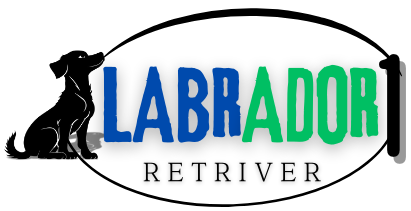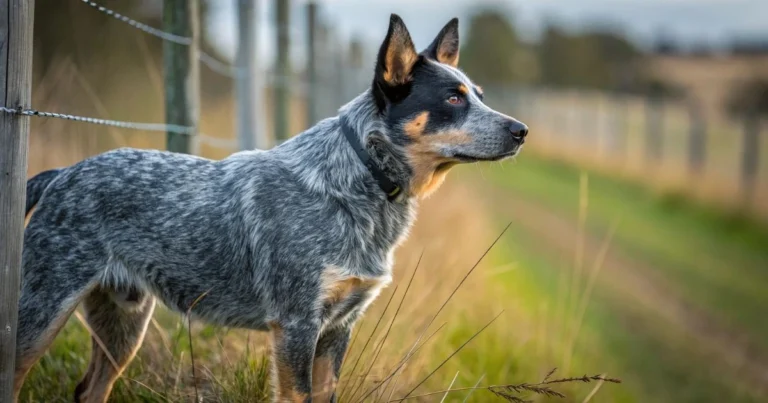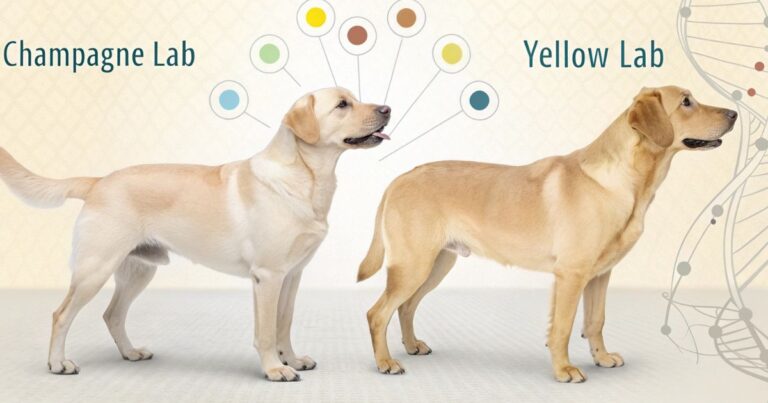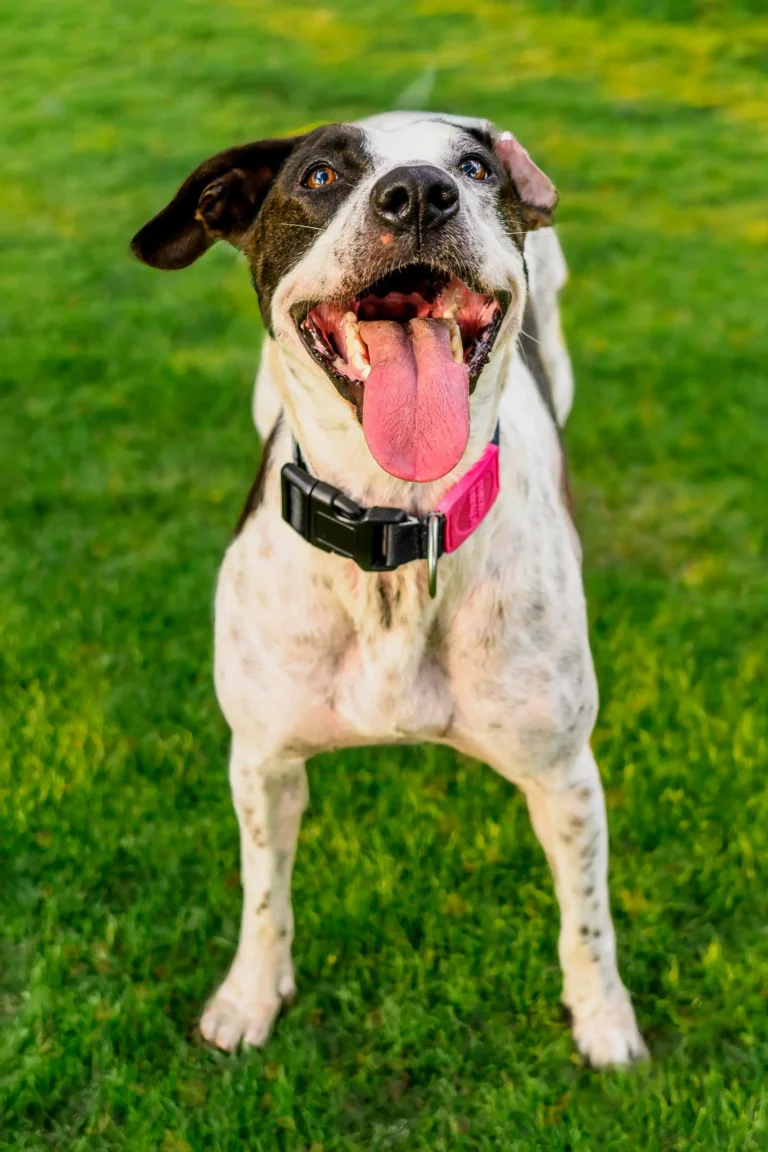Red Colored Labradors Retrievers
Have you ever felt an instant bond with a dog before even touching its fur? That subtle tug at your emotions when their warm eyes meet yours? If you’ve experienced this—or hope to—then you’re going to want to meet the Red Colored Labradors Retriever. These beautiful, fiery-toned dogs aren’t just easy on the eyes; they’re affectionate, intelligent, and full of life. Whether you’re a first-time dog owner or looking to add another furry member to your family, a red Lab might be the perfect match for your lifestyle and heart.
Table of Contents
🐶 What Is a Red Labrador Retriever?
When you hear the term Red Labrador, you might wonder—are they a separate breed? Is this a rare designer dog? The answer might surprise you.
🔬 The Genetics Behind the Color
A Red Labrador is a purebred Labrador Retriever with a unique shade in the Yellow Lab color spectrum, often referred to as Fox Red. Despite their distinct hue, they’re genetically yellow Labradors. The red tone comes from a variation in the expression of the eumelanin pigment, influenced by recessive genes.
You’ll mostly see this color variant in American-style Labradors, which tend to be slimmer and more athletic than their English counterparts. The red shade ranges from a soft amber glow to a deep coppery coat, making them stand out in any park or photo.
👀 How to Spot a Red Lab
You’ll recognize a red Lab by:
- Their rich, rusty red coat
- A classic broad Labrador face and expressive eyes
- Muscular, agile build
- That iconic thick, otter-like tail
They are often mistaken for breeds like the Vizsla or Rhodesian Ridgeback, but make no mistake—this is a Labrador through and through.
🧠 Temperament and Personality: Why Red Labs Steal Hearts
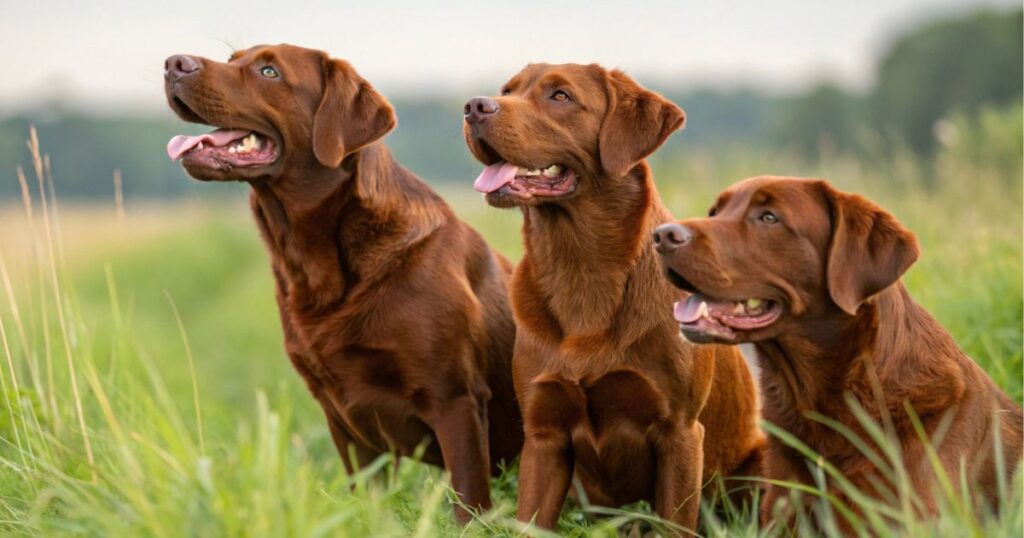
You may be drawn in by the color, but it’s the personality that’ll win you over for good. Red Labs carry the hallmark Labrador traits that make this breed one of the most popular worldwide.
💕 The Ideal Family Dog
If you’ve got kids, cats, or other dogs, your red Lab will likely fit right in. They’re:
- Patient with young children
- Tolerant and gentle with other pets
- Loyal to every member of the household
They thrive in active homes and love being included in your daily life—from morning walks to weekend adventures.
⚡ High Energy, High Love
A red Lab is not a couch potato. You’re signing up for:
- Daily walks or runs
- Games of fetch or agility exercises
- Puzzle toys and obedience challenges
They crave both physical and mental stimulation. Give them a job, and they’ll be your eager partner every time.
🐕 Training Your Red Labrador
Your red Lab is smart—and that’s both a blessing and a challenge. They’ll learn quickly, but they also get bored just as fast.
🐾 Puppy Socialization: Your First Priority
From the first week you bring your red Lab puppy home, focus on:
- Meeting new people and animals
- Experiencing new environments and sounds
- Short training sessions with positive reinforcement
🎓 Must-Have Training Basics
Set a strong foundation by focusing on:
- Crate training
- Sit, stay, and recall commands
- Leash manners
A consistent routine and rewards-based training system will help you avoid bad habits and raise a confident, well-behaved dog.
🩺 Health and Lifespan of Red Labs
You care deeply about your dog’s health—and rightly so. Like all Labs, red Labradors can face specific genetic challenges. But with the right attention and care, they can live long, happy lives.
🧬 Health Conditions to Watch
Be proactive about these common issues:
- Hip and elbow dysplasia: Ensure parents are health-tested
- Progressive retinal atrophy (PRA): Affects vision over time
- Obesity: Labs love food—portion control is key!
Annual checkups, genetic screenings (if you’re buying from a breeder), and a healthy lifestyle will dramatically reduce risk.
⏳ Lifespan Expectations
You can expect your red Lab to live between 10 to 14 years. Regular exercise, a clean diet, and mental stimulation all contribute to a longer life—and more time together.
🍽️ Diet and Nutrition: What Should Your Red Lab Eat?

What you feed your red Labrador can make a huge difference in their health, energy, and coat quality. Let’s break down what they need at every stage of life.
📊 Nutritional Needs by Age
| Age Range | Recommended Food Type | Daily Calories |
|---|---|---|
| Puppy (0–12 mo) | High-protein, growth formula | 900–1300 kcal/day |
| Adult (1–7 yrs) | Balanced adult dog food | 1000–1500 kcal/day |
| Senior (7+ yrs) | Senior formula with joint care | 800–1200 kcal/day |
🥇 Top Healthy Dog Food Brands for Red Labs
- Orijen Original – Packed with high-protein meats and healthy fats
- Hill’s Science Diet – Vet-recommended for targeted nutrition
- Royal Canin Labrador Retriever – Breed-specific formulation
- Blue Buffalo Life Protection – With antioxidants and glucosamine
Avoid fillers, by-products, and artificial preservatives to keep your Lab vibrant and healthy.
🧼 Grooming Your Red Labrador Retriever
Keeping that rich red coat glossy and soft takes a little work—but it’s worth every minute.
💇 Shedding and Brushing
Yes, they shed—a lot. You’ll want to:
- Brush weekly (daily during spring and fall)
- Use a de-shedding tool or undercoat rake
- Vacuum often (trust us!)
🚿 Bath Time Tips
Red Labs don’t need frequent baths. Aim for once every 1–2 months unless they’ve rolled in something fun. Use:
- Hypoallergenic dog shampoo
- A moisturizing rinse to prevent dry skin
Keep nails trimmed and ears clean to avoid infections.
🏡 Where to Find Red Labradors: Adoption vs. Buying
So you’re ready to welcome a red Lab into your life. Where do you find one?
🐶 Buying from a Reputable Breeder
Expect to pay between $1,200 to $2,500 from a quality breeder. Ask:
- Are both parents health-tested?
- Can I see the living conditions?
- Is there a return policy?
🐾 Rescue and Adoption
There are rescues that specialize in Labrador Retrievers, and occasionally red Labs show up in shelters. You could save a life and still get an amazing dog.
💰 What It Really Costs to Own a Red Lab

Here is a breakdown of the costs you can anticipate:
| Expense Type | Estimated Cost |
|---|---|
| Purchase/Adoption | $150–$2,500 |
| Food (Monthly) | $50–$100 |
| Vet Visits (Yearly) | $300–$800 |
| Grooming & Supplies | $200–$500 annually |
| Training & Activities | $100–$400 annually |
They may not be cheap, but the joy they bring is priceless.
🎯 Activities Red Labs Love (and Need!)
Red Labs are more than just house pets. They’re working dogs at heart and need a purpose to thrive.
🏅 Jobs and Roles They Excel At
- Hunting and retrieving (it’s in their DNA)
- Therapy and emotional support dogs
- Service work for mobility or PTSD
🏃♂️ Best Activities for Their Energy
- Long walks, runs, or hikes
- Dock diving and swimming
- Obedience or agility competitions
Keeping them active prevents boredom—and a bored Lab is a destructive Lab.
❓ Frequently Asked Questions About Red Labradors

Are red Labradors purebred?
Yes. They are simply a color variation of yellow Labs. Don’t let the color fool you—they meet all the standards of the Labrador breed.
Do red Labradors behave differently?
Not at all. Personality is more influenced by training, socialization, and breeding lines than coat color.
Are red Labs more expensive?
They can be. Since red coloring is less common, breeders sometimes charge a premium for the unique look.
Do red Labs shed a lot?
Yes. They have a double coat and shed seasonally. Regular grooming helps reduce fur buildup.
🏁 Final Thoughts: Is a Red Labrador the Right Fit for You?
If you want a dog that’s full of life, fiercely loyal, and jaw-droppingly beautiful, a Red Colored Labrador Retriever is a choice you’ll never regret. They offer the perfect mix of playfulness and devotion, brains and brawn. Whether you’re hiking up mountains, training for obedience trials, or simply lounging on the couch after a long day, your red Lab will be right there—tail wagging, eyes sparkling, ready for whatever comes next.
